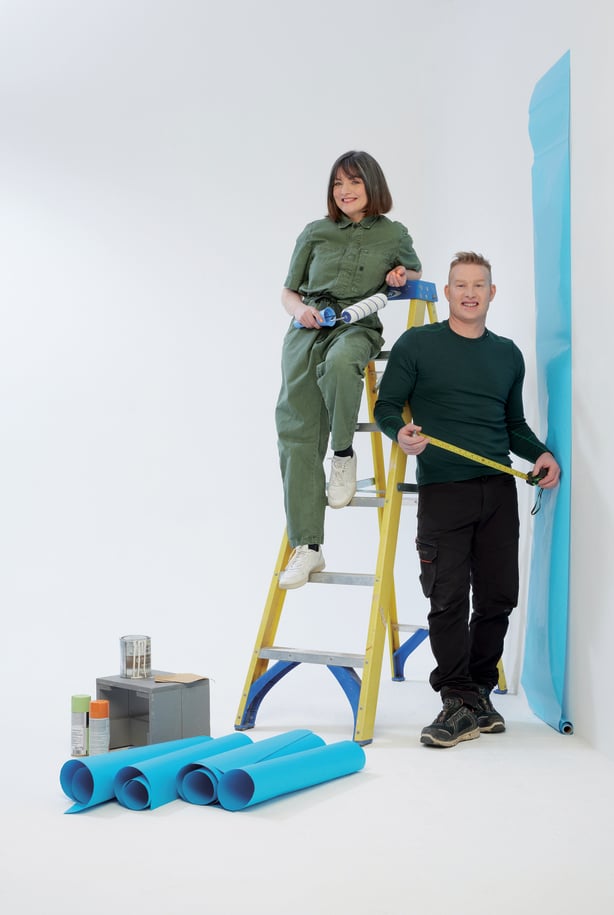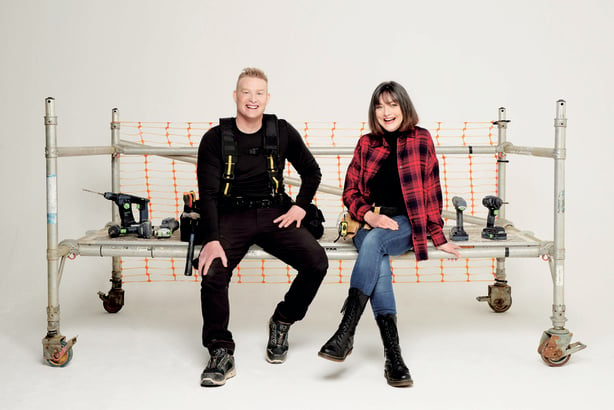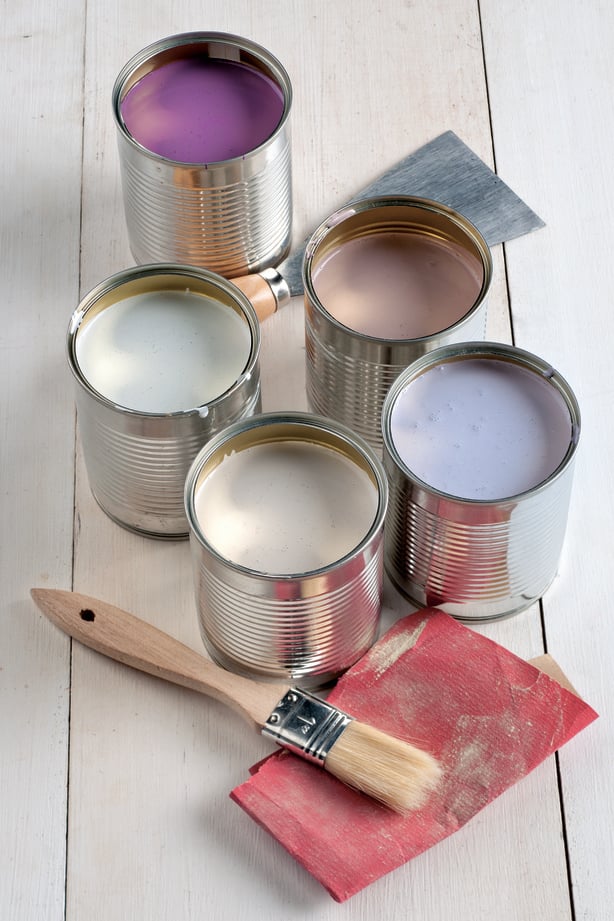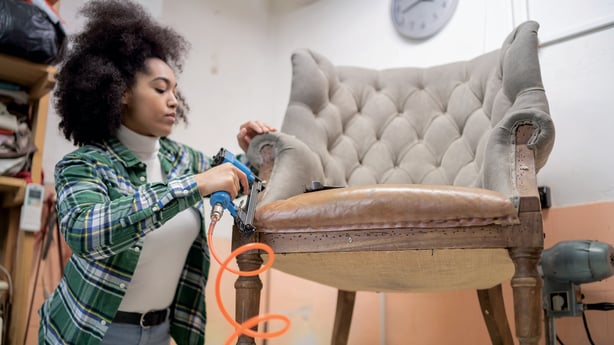Dee Coleman, interior designer and presenter of Home Rescue: The Big Fix, tells Claire O'Mahony what should be considered, for the good of the planet, when making changes to the home.
A well-documented effect of the pandemic was the rise of interest in home improvements. This has also led to an awareness of the problem of 'fast homewares’. Like fast fashion, that cheap, ‘must have’ buy, might be very Instagrammable but there are myriad problems associated with purchasing mass-produced products.
In her interior design practice, Home Rescue: The Big Fix presenter, Dee Coleman, says that they do their very best to source through the sustainability lens whenever they can. She points to the six R’s of sustainability – rethinking our consumption; refusing to purchase things we don’t need and anything that isn’t environmentally sound; reducing what we use; reusing what we already have; repairing what we can and finally recycling – as a useful blueprint when considering any renovations or décor.
"It’s to really think and challenge yourself at the first instance: do I need this?" says Dee. "If you’re having an integrated kitchen for instance, and you want integrated appliances but you already have a standalone washing machine and tumble dryer, there’s no reason why you can’t keep those appliances and put them behind doors."

If the purchase is necessary, checking a manufacturer’s green credentials as much as we can as consumers. She suggests using suppliers who have a cradle-to-cradle approach. "Cradle-to-cradle is literally where manufacturers will take responsibility for taking the products back and putting it back into their products again. It’s a closed loop," Dee says.
She also recommends asking manufacturers about their emissions; where the product is made and how it is recycled.
Reducing means thinking about lessening the amount we consume generally and reconsidering how much stuff we need into our homes. This dovetails with repairs, for example, getting a sofa reupholstered.
"This is where people get frustrated because we would say you could get this sofa reupholstered and it might still cost €1500 and they could go get a flatpack one for a similar price and it’s brand new," says Dee. "But if you get something reupholstered, often the older furniture is better made with stronger materials and you’re not using MDF or whatever the cheaper materials are and you’re saving on that whole manufacturing process."

She notes that often in building work, the path of least resistance is to rip everything out which is often not necessary when some TLC could fix the problem. Or she’ll encounter people who have shabby-looking wooden floors and who want to put down laminate.
"To me, that’s criminal because a laminate is effectively a plastic and if you have a good wooden floor below, just putting the time into refurbishing is a far superior result aesthetically to my mind, never mind environmentally," she notes.
Recycling things is the last line of defense.
"If you have to recycle it, it means it’s now waste effectively," We think as consumers if we do our recycling we’re off the hook. As long as I put it in the right bin, it’s fine. But actually, we need to choke the inflow of new product into the system."
She is currently in the process of a deep renovation on her own home in Co. Dublin and says that there were some tough decisions to be made including installing an environmentally friendly heat pump and installing rainwater harvesting in the garden. The latter system will allow her to use rainwater collected in an underground storage tank for watering the garden and washing the car.
"I genuinely have no money for tiles in my bathroom," she says. "It’s maybe compromising on the surface elements to get the infrastructure of the build right. For me, the priority is that it’s as environmentally friendly as it can be. Instagram is all about what thing look like and actually if the house isn’t responsible environmentally we’ve done more harm than good. That’s not a place I want to be because at the end of the day, we’ve just borrowed the planet from our kids, we haven’t inherited it."
Green interior quick wins:
Choose eco-friendly paint
"The criteria should be where the paint is shipped from and what the VOC emissions from it are," says Dee, referring to the chemicals in paint which can pose a risk to health and the environment.

Buy pre-loved
On Home Rescue and in her practice, Dee regularly uses websites such as DoneDeal and Freecycle. She also uses Oxfam Furniture.
"People actually donate entire house loads to Oxfam so this can be a fabulous resource," she says, while other recommendations are visiting salvage yards and antique stores. "There is a bit of effort required but my contention is, if we’re buying less because we’re buying more mindfully, the effort that goes into buying what we actually need isn’t as daunting as consuming blindly," she said. If you’ve bought something to upcycle and repaint, she advises investing in a Shellac-based primer. "It means you can even handpaint flatpack furniture," she says.

Support your local makers
The three pillars of sustainability are environmental, social and economic.
By buying from a local maker, you’re choosing something that is also societally sustainable. "If you look at local furniture makers dotted around the country, employing anything from 10-80 people, there’s a whole community there that is sustained by these makers being there and it’s our responsibility as consumers to put business their way," she says.


